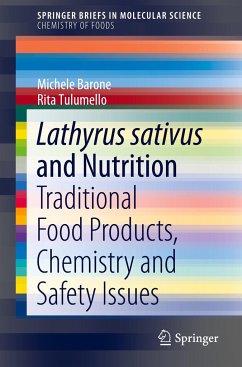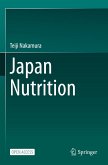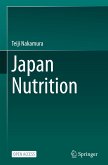This book addresses the traditional use of a specific crop legume, grass pea (Lathyrus sativus), as a food product and ingredient for typical food products. Grass pea has very interesting nutritional qualities, including an abundance of proteins and peculiar organoleptic properties. As the crop also shows an enhanced resistance to adverse conditions, it is used in many geographical areas as the main ingredient of certain traditional foods. On the other hand, grass pea is questionable as a source of human and animal nutrition because it contains a neurotoxin - beta-N-oxalyl-L- ,beta-diaminopropionic acid - that is known for its neurological effects. The related disease is referred to as 'neurolathyrism' and occurs when grass pea-based foods are consumed in large quantities.
The book is divided into five chapters, the first of which summarizes the chemical and biochemical properties of grass pea and provides nutritional evaluations. The second chapter provides an overview of foods containing Lathyrus sativus around the world, while the third describes Italian foods in detail. The fourth chapter focuses on the problem of neurolathyrism in connection with human nutrition and health. In closing, the fifth chapter sheds light on the historical and traditional food products sector from a food traceability and authenticity standpoint.
The book is divided into five chapters, the first of which summarizes the chemical and biochemical properties of grass pea and provides nutritional evaluations. The second chapter provides an overview of foods containing Lathyrus sativus around the world, while the third describes Italian foods in detail. The fourth chapter focuses on the problem of neurolathyrism in connection with human nutrition and health. In closing, the fifth chapter sheds light on the historical and traditional food products sector from a food traceability and authenticity standpoint.








